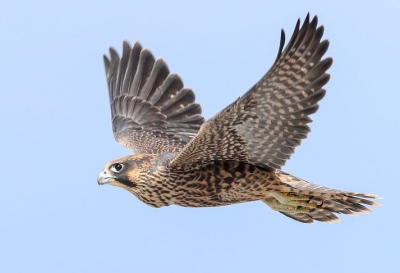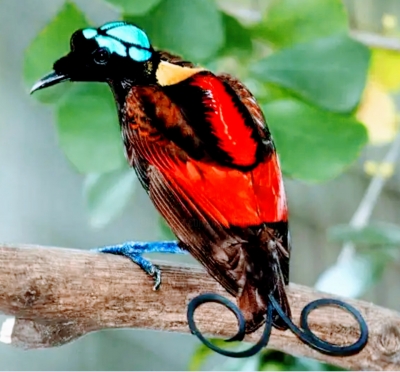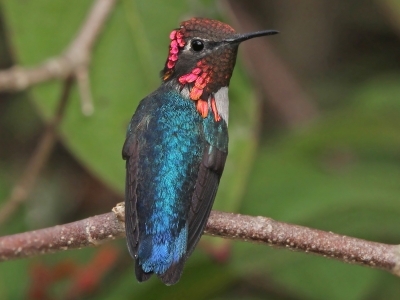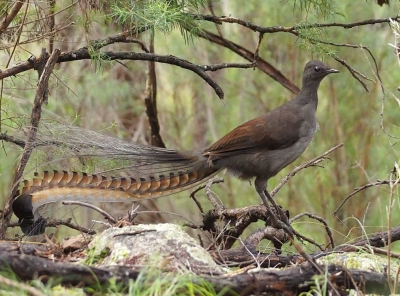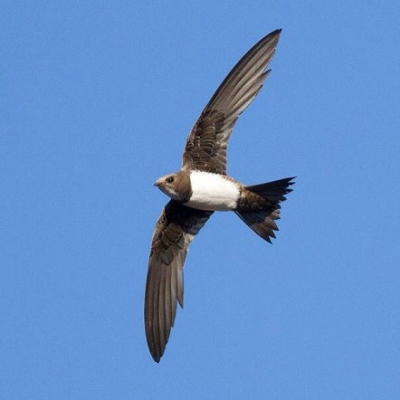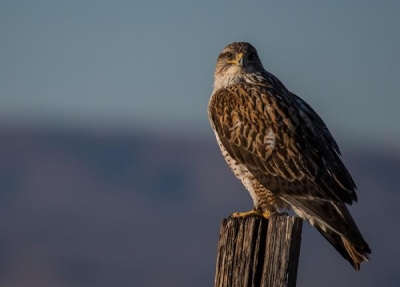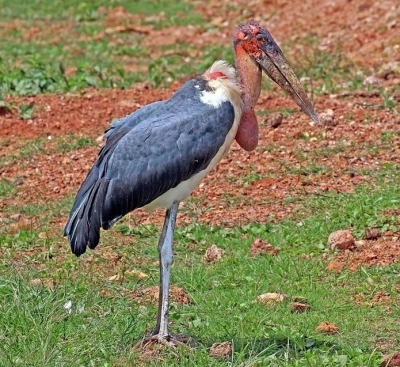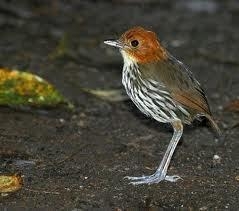Which is the fastest flying bird?
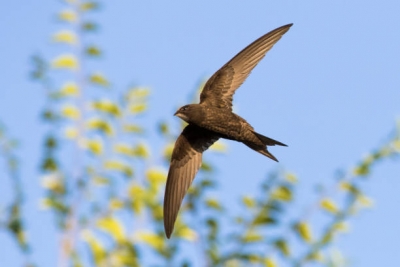
Spotting a white-throated needletail swift is not easy. They do not hop about on the ground for one thing. In fact they never land on the ground if they can help it. And they are one of the fastest birds in the sky, reaching a top speed of around 170 km per hour! So it may be difficult to get a good look at them as they whizz past.
This greyish brown swift has a white throat patch, as well as a whitish patch on its back. It measures around 21 cm and weighs 120 grams. It is found in Australia, Central Asia, Sweden, Norway, Great Britain and Siberia. It is called needletail due to its tapering tail, which is not forked as with other swifts.
It builds its nest in rock crevices, cliffs or high up in tall trees. It avoids hunting on the ground and catches its food on the wing. It eats insects like beetles, flies, bees, locusts, grasshoppers, cicadas and moths. The needletail has very short legs which it uses only for clinging to vertical surfaces.
It constructs a cup-like nest made of twigs and straw stuck together with its own saliva. The female lays 2 to 7 eggs and both parents incubate the eggs for a period of around 23 days. This bird was first described by the English ornithologist John Latham in 1801.
It is listed under ‘Least Concern’ on the IUCN Red List.
Picture Credit : Google
